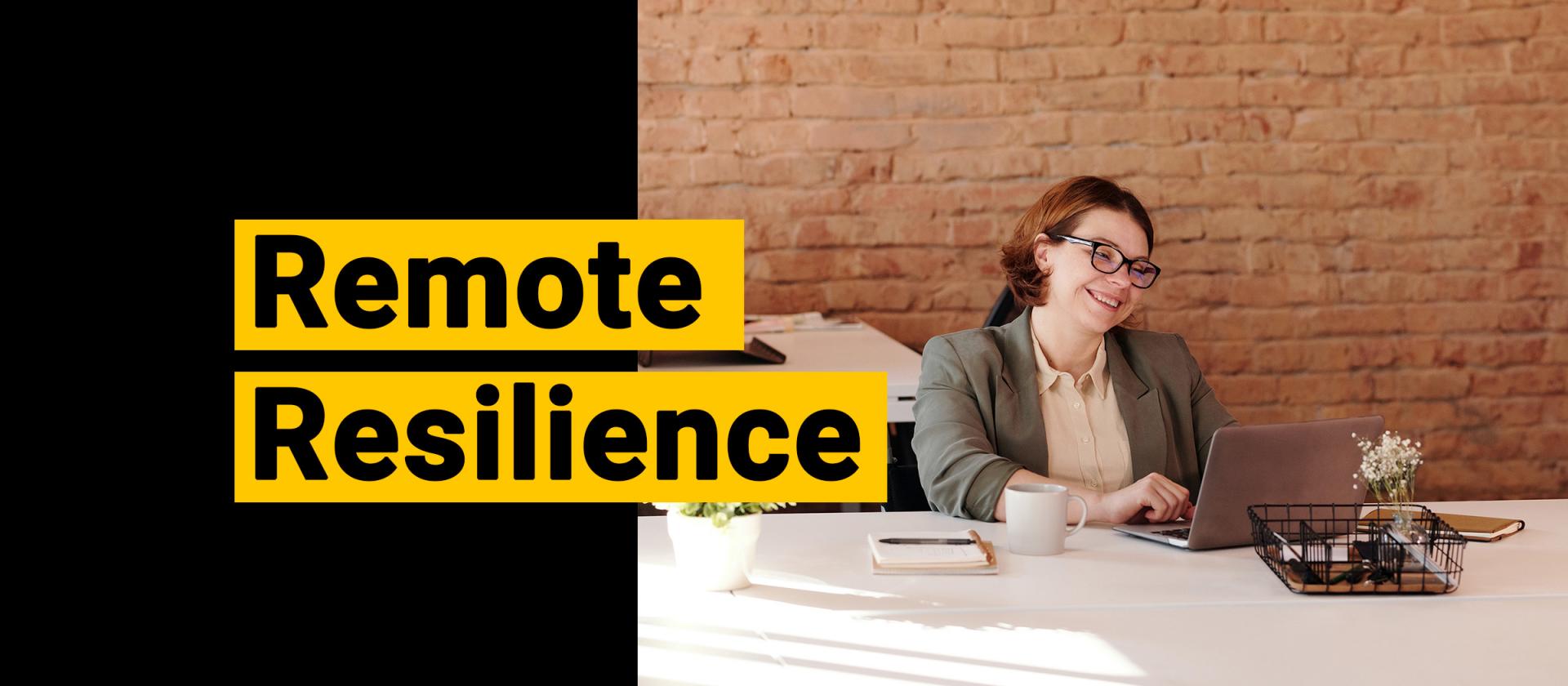ASU Helps K-12 Leaders Develop Remote Resilience

Read more Remote Resilience stories.
As ASU continues to monitor COVID-19, the university has transitioned from in-person teaching and learning to remote options. In this challenging time, however, the collective innovation of ASU faculty and staff has demonstrated remarkable adaptability. As a method of celebrating the good during uncertain developments, the University Technology Office is gathering success stories of “remote resilience” from the ASU community. The situation globally and across the country is changing daily, but we also plan to share these stories to keep pace.
Preparing teachers for fully remote and online instruction was already a major concern for a number of K-12 and higher education instructors and administrators. But in the midst of a forced transition to remote modalities for learning worldwide, a majority of one group of those individuals felt the infrastructure wasn’t fully at scale to support teachers and learners. The “Breakthrough Mindset: Scaling Digital Immersion Learning” webinar, hosted by the American Association of School Administrators (AASA) and the Consortium for School Networking (COSN), illustrated the challenges of effectively upping that scale.
ASU was represented by the three guest speakers of the session, facilitated by AASA’s Valerie Truesdale and COSN’s Keith Krueger: EdPlus at ASU’s Vice Dean for Educational Initiatives Julie Greenwood, Vice President Education Outreach and Student Services and CEO of ASU Prep Digital High School Julie Young, and UTO Executive Director Creative + Communications Samantha Becker. Together, the three ASU representatives shared their lessons learned from the university’s digital immersion, both before and during the COVID-19 global pandemic. But the sudden change shouldn’t be construed with the ideal goals of digital immersion; “There’s a huge difference between online learning and what we’re doing now,” Becker clarified.
Part of the reason for this is the sudden shift for teachers and learners. But in the concerted efforts to foster digital immersion, all stakeholders are included. “They’ll be a collaborative part of the adventure with you,” Becker said. Part of that collaboration is dispelling the myths about online learning.
Young explained there is a fear that a lack of face-to-face interaction will lead to an inferior experience. “But our data indicates teachers and students alike will know each other better than they would in the classroom,” she said, adding that this is in the event of well-designed courses, which also dispel the idea that a student would have to teach themselves if they take an online class. Greenwood, a biochemist and instructor herself, found that teaching classes of 200-plus was a more passive experience than doing so online, the latter of which fostered more participation.
“Another common myth is that underserved students do worse online,” Greenwood said. But plenty of research indicates that a larger cross-section of demographics find equal success with accessible resources and opportunities. And coming from a science field, she’s found a commonly held belief that online classes can’t accomplish what in-person labs can. That’s another myth, Greenwood said. A deeper grasp and interpretation of concepts happens online, with more opportunities to fail and iterate.
However, an entirely online experience isn’t exactly the ideal. ““The amount of time a student is engaged with a class should not be 100 percent online,” Young said. Greenwood described an example of a blended modality with the option of a one-week immersion on-campus. “I hope to see more of that in the future.”
Resources were also shared on how to support teachers, learners and administrators in our sudden remote modality. A major milestone stems from the technical instructions the university has been producing. “For the very first time, ASU has allowed us to utilize a Creative Commons license for guides on technical resources,” Becker said, especially in light of the video conferencing tool Zoom and instant messaging solution Slack.
And as is illustrated by UTO’s Remote Resilience storytelling series, there’s a tremendous benefit of sharing success stories in fostering more accomplishments. “Don’t be afraid to crowdsource from your own communities,” Becker advised. Learning resources are coming from non-traditional sources as a result. “It’s really fascinating how much student-created content is out there,” Young said.
As is the case in-person, teaching and learning shouldn’t be strictly centered on curriculum and should also include the personal experience. Online, and in the middle of a global pandemic, that can be emphasized with “walk and talks,” or sharing workspaces and pets, Young said. “And through [Zoom] backgrounds, we’ve been able to get to know each other better,” Greenwood added.
Breakout rooms that brought attendees into more intimate conversation highlighted the energized interaction and promotion of new ideas that the webinar was intended to foster. Although the educational world, and in fact the whole world, is not operating as they typically do, the opportunity for further innovation in the realm of digital immersion has been illuminated like never before.